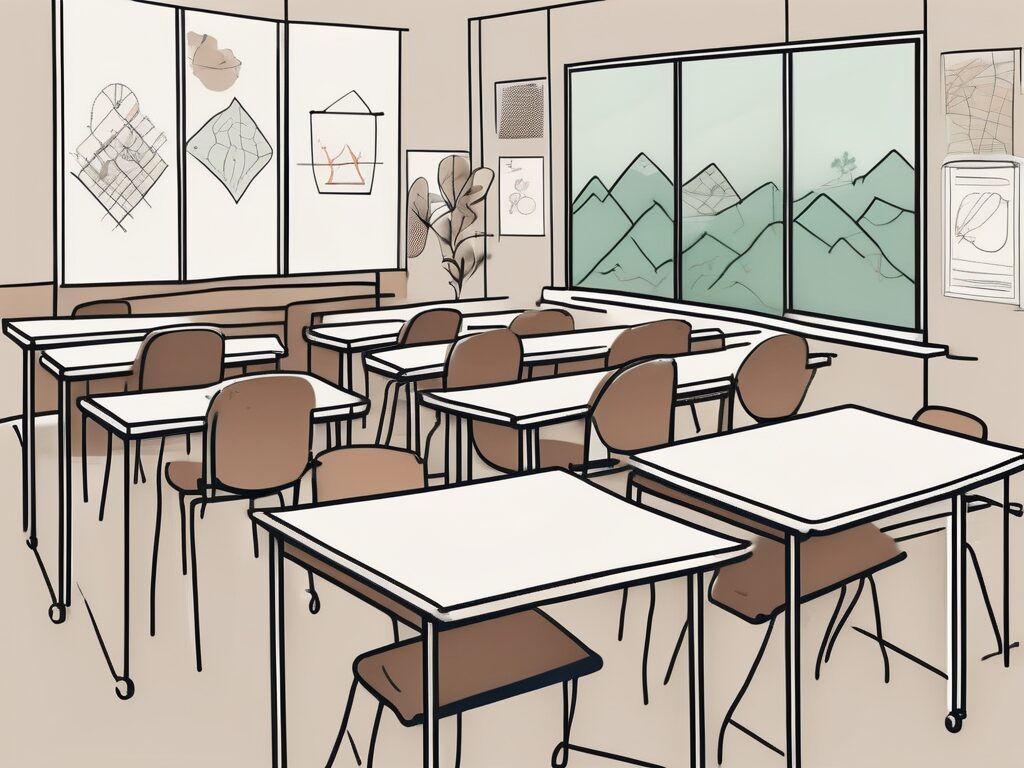html
How to Become an International Art Teacher in Vietnam: A Step-by-Step Guide
Are you an aspiring art teacher dreaming of sharing your passion for creativity in a vibrant and culturally rich country like Vietnam? The journey to becoming an international art teacher in Vietnam is not only rewarding but also filled with unique experiences that can shape your career and personal growth. In this comprehensive guide, we will walk you through the essential steps to embark on this exciting path, ensuring you are well-prepared to inspire the next generation of artists in this beautiful Southeast Asian nation.
Understanding the Role of an International Art Teacher
Before diving into the steps, it’s crucial to understand what being an international art teacher entails. As an art educator in Vietnam, you will be responsible for teaching various art forms, including painting, sculpture, and digital art, to students from diverse backgrounds. Your role will not only involve imparting artistic skills but also fostering creativity, critical thinking, and cultural appreciation among your students.
Step 1: Obtain the Necessary Qualifications
The first step to becoming an international art teacher in Vietnam is to ensure you have the appropriate qualifications. Most international schools require a bachelor’s degree in Fine Arts, Art Education, or a related field. Additionally, a teaching qualification, such as a PGCE (Postgraduate Certificate in Education) or an iPGCE (International Postgraduate Certificate in Education), is often essential. These credentials not only enhance your teaching skills but also make you a more competitive candidate in the job market.
Step 2: Gain Teaching Experience
Experience is invaluable in the field of education. Many international schools prefer candidates with prior teaching experience, especially in art education. Consider volunteering or working in local schools, community centres, or art studios to build your portfolio. This hands-on experience will not only improve your teaching abilities but also help you understand the educational landscape in Vietnam.
Step 3: Research the Vietnamese Education System
Understanding the Vietnamese education system is crucial for your success as an international art teacher. Familiarise yourself with the curriculum, teaching methodologies, and cultural nuances that influence education in Vietnam. This knowledge will enable you to adapt your teaching style to meet the needs of your students effectively. Resources such as the Vietnam Ministry of Education and Training can provide valuable insights.
Step 4: Explore Job Opportunities
Once you have the necessary qualifications and experience, it’s time to explore job opportunities. Numerous international schools in Vietnam are seeking qualified art teachers. Websites like Teach Away and International Teachers list available positions. Networking with other educators and joining expat groups on social media platforms can also help you discover job openings and gain insights into the hiring process.
Step 5: Prepare for the Application Process
Your application is your first impression, so make it count! Tailor your CV and cover letter to highlight your qualifications, teaching philosophy, and passion for art education. Include a portfolio showcasing your artwork and any relevant teaching materials. Be prepared for interviews, which may include teaching demonstrations or discussions about your approach to art education.
Step 6: Understand Visa Requirements
To work legally in Vietnam, you will need a work visa. The process can be complex, so it’s essential to understand the requirements. Typically, you will need a job offer from a school, a valid passport, and a health check. Consult the Vietnam Immigration Department for detailed information on visa applications and requirements.
Step 7: Embrace Cultural Adaptation
Moving to a new country involves cultural adaptation. Embrace the Vietnamese culture by learning the language, trying local cuisine, and participating in community events. This not only enriches your experience but also helps you connect with your students and their families on a deeper level. Understanding cultural differences will enhance your teaching and create a more inclusive classroom environment.
Step 8: Continuous Professional Development
Education is an ever-evolving field, and as an art teacher, it’s essential to stay updated with the latest trends and techniques. Attend workshops, conferences, and online courses to enhance your skills and knowledge. Engaging with professional networks and communities can also provide valuable resources and support throughout your teaching career.
Conclusion
Becoming an international art teacher in Vietnam is a fulfilling journey that allows you to share your passion for art while experiencing a rich and diverse culture. By following these steps—obtaining the necessary qualifications, gaining experience, understanding the local education system, and embracing cultural adaptation—you can pave the way for a successful teaching career in Vietnam.
Empower Your Teaching Career with IPGCE
As we strive for a more inclusive education system in Malaysia, the role of qualified and well-trained educators becomes increasingly crucial. IPGCE is dedicated to supporting teachers in their professional journey, offering the International Postgraduate Certificate in Education (iPGCE) to enhance qualifications and open doors to international teaching opportunities. With our program, you can expect a significant increase in interview callbacks, promotion rates, and salary. Plus, you’ll join a global network of educators, gain a deeper understanding of international curricula, and enjoy the flexibility of online study. Don’t let inadequate credentials or isolation hold you back. Join the UK’s #1 Teacher Training Course today and take a decisive step towards a fulfilling career in inclusive education.
For more insights on teaching abroad, check out our articles on Becoming an International Teacher and Art Education in International Schools.
Connect with me on LinkedIn to stay updated on teaching opportunities and resources!

